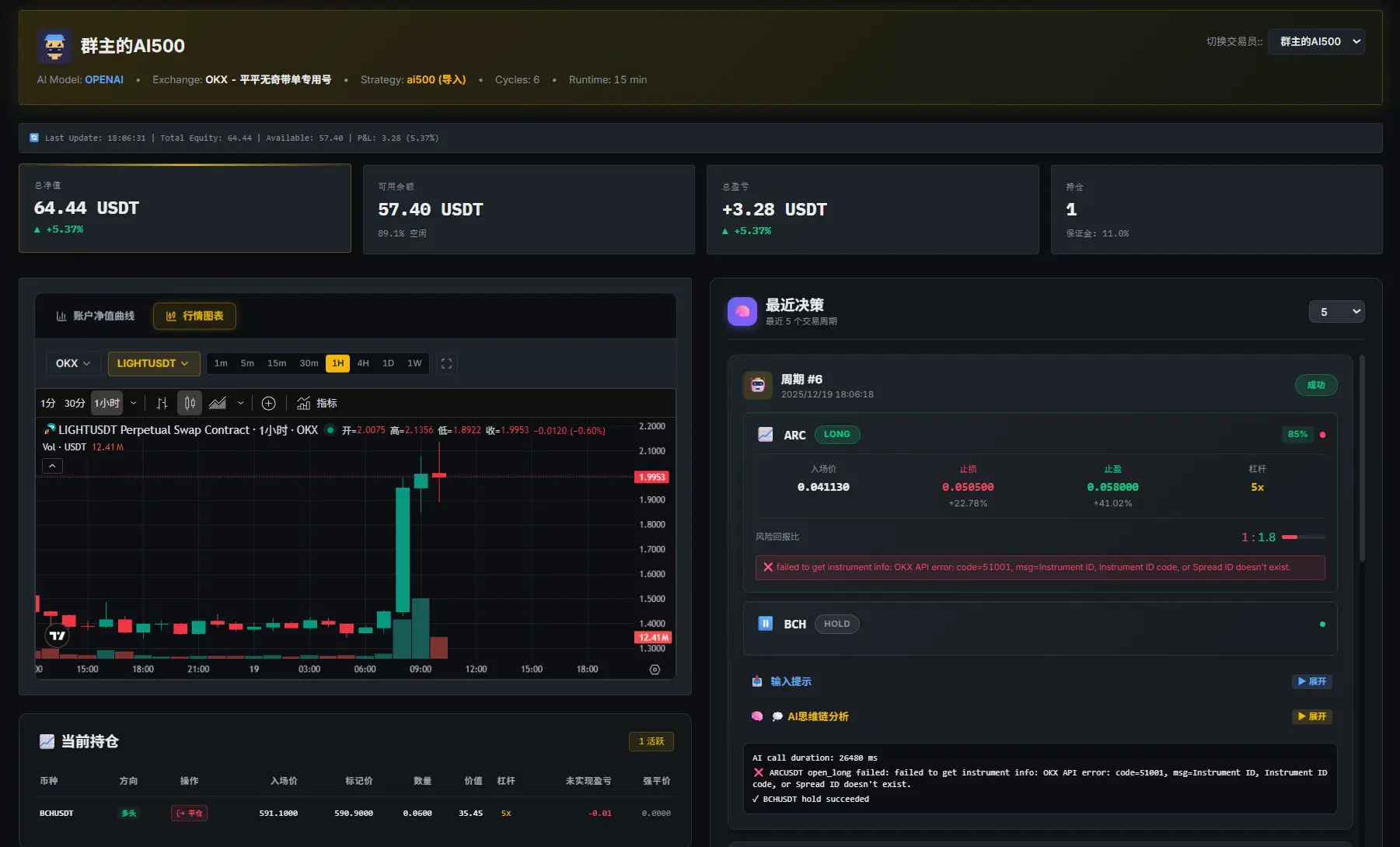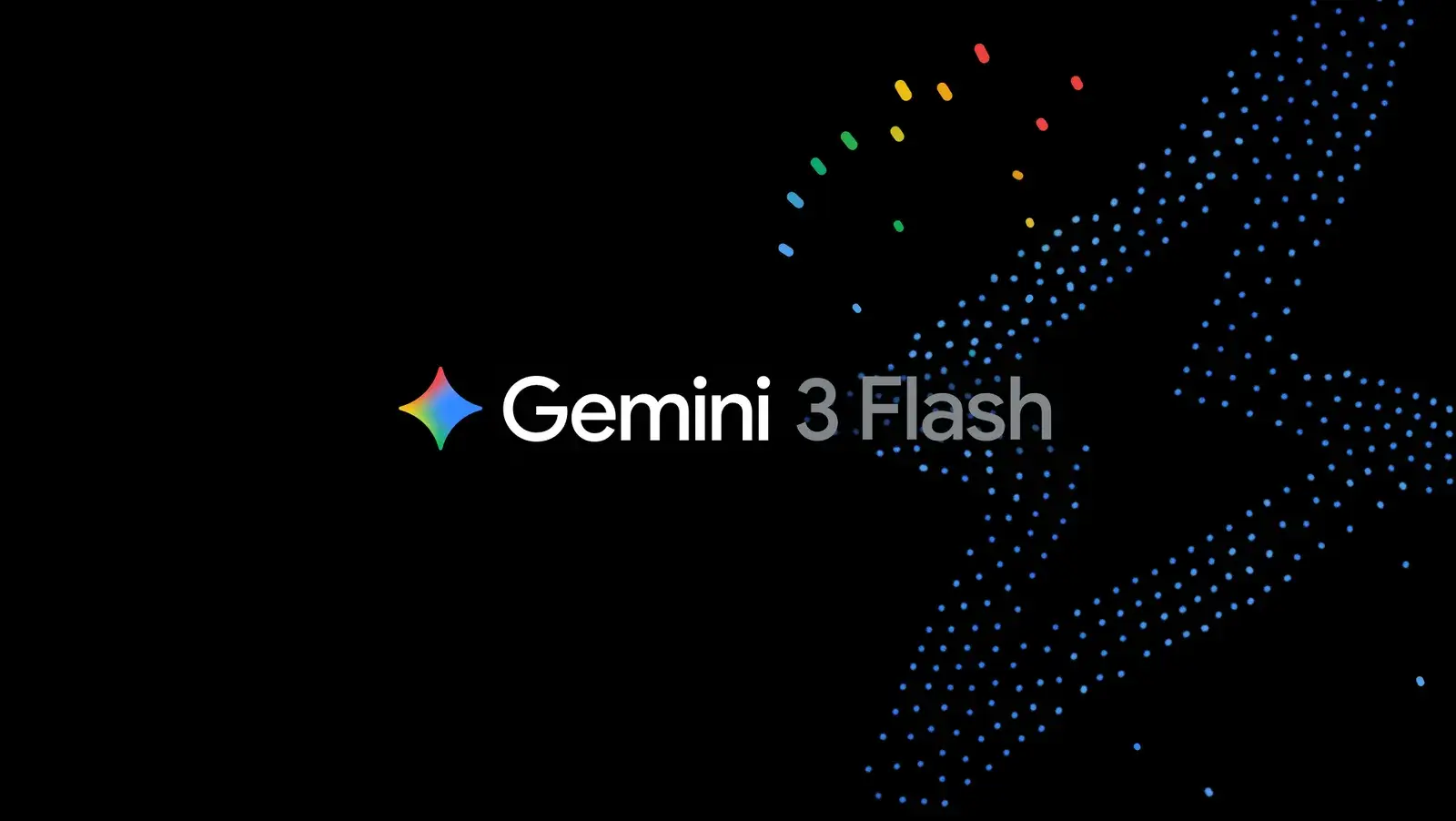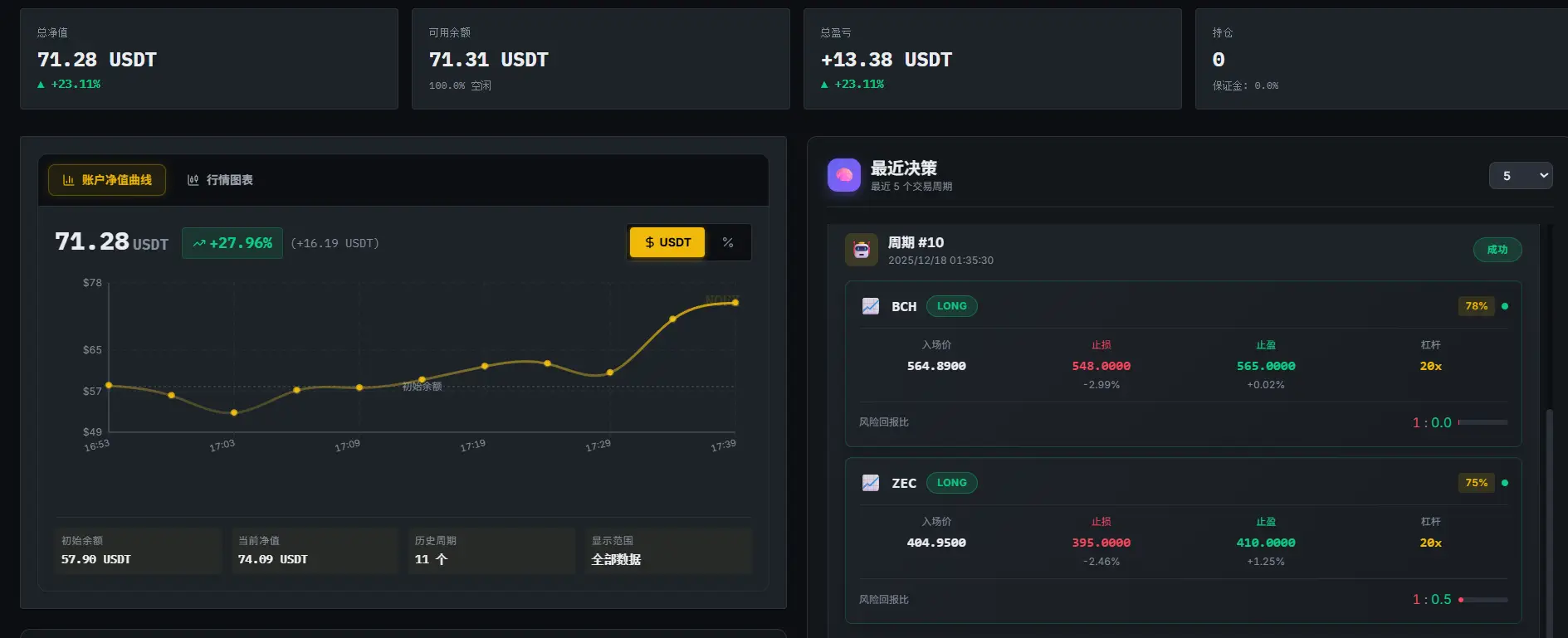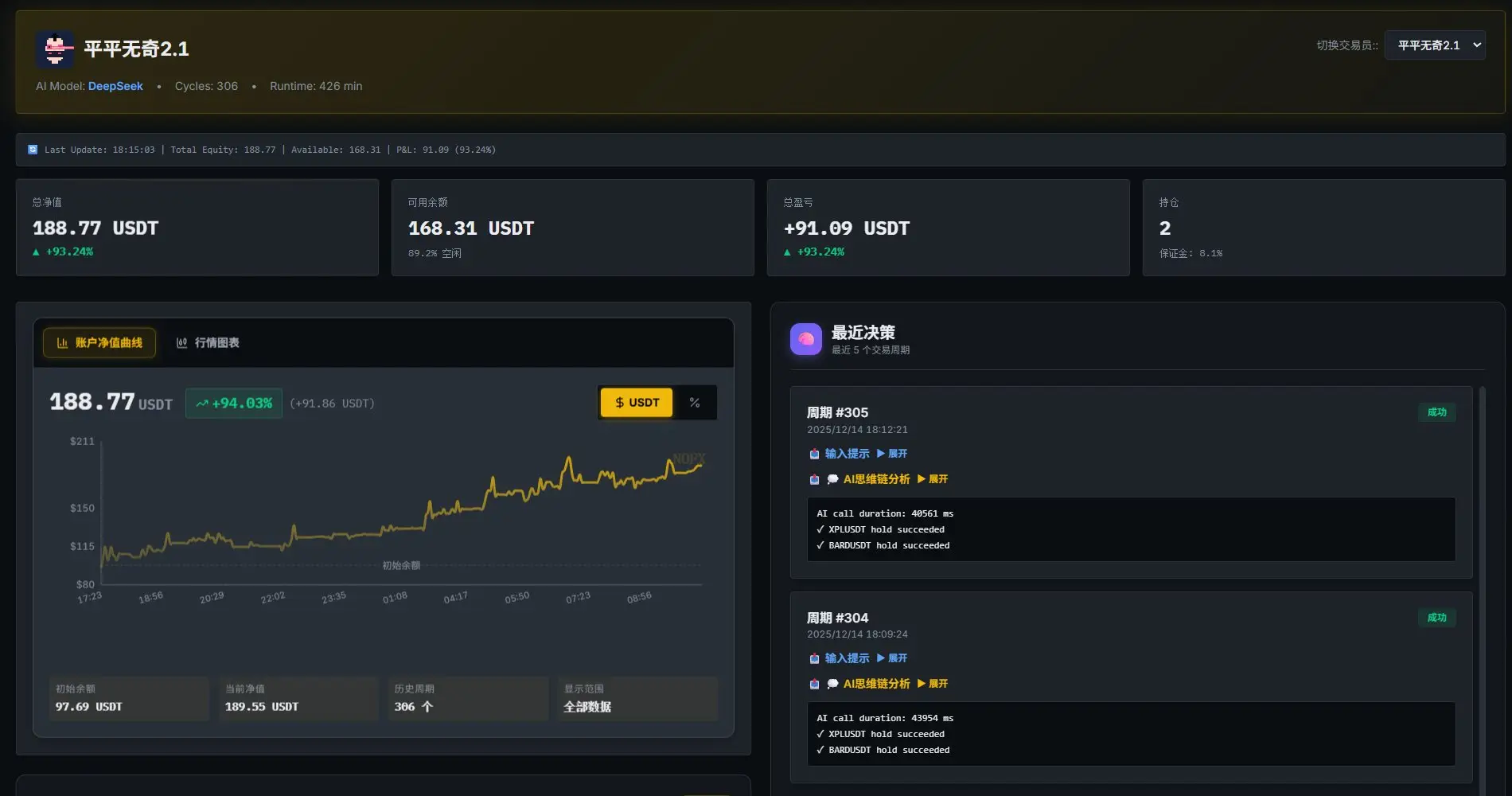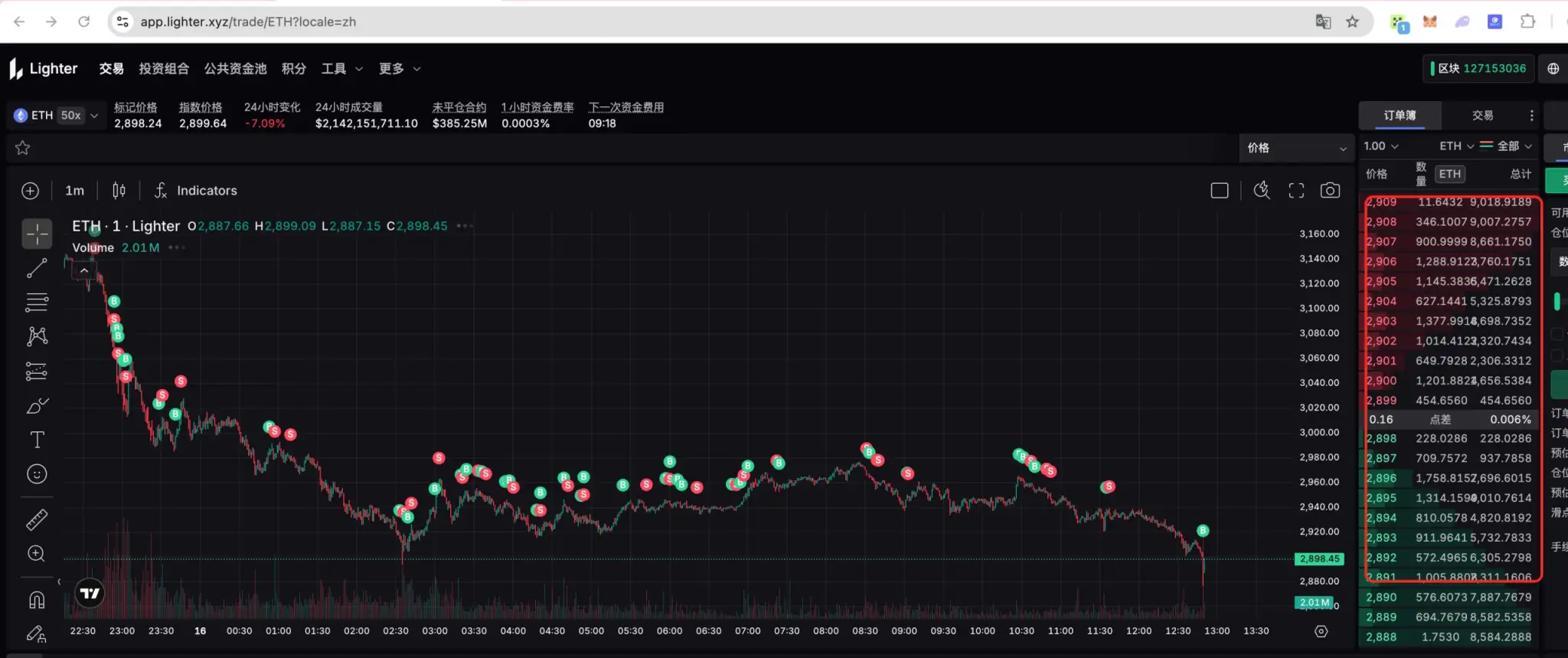在这篇文章中,我们将一步一步地讲解如何抓取和下载M3U8视频,介绍使用Python进行网络爬虫的基础知识,并提供一个完整的代码示例来帮助你轻松掌握这个技能。无论你是编程新手还是有经验的开发者,都能从中学到实用技巧。
你是否曾经遇到过这样的问题:在网上看到一个很棒的视频,却无法下载保存?特别是那些以M3U8格式提供的视频,下载起来更是复杂。今天,我们将通过一个实战案例,教你如何使用Python爬虫技术来抓取和下载M3U8视频。
什么是M3U8?
在开始之前,我们需要了解什么是M3U8。M3U8是一种播放列表文件格式,常用于在线视频流媒体。它包含了媒体文件的路径,可以是本地路径,也可以是网络路径。通过M3U8文件,播放器能够按照顺序播放各个视频片段,从而实现流畅的播放体验。
工具准备
在开始编写代码之前,我们需要安装一些必备的Python库:
pip install aiohttp aiofiles requests这些库分别用于异步HTTP请求、异步文件操作和常规HTTP请求。
代码解析
接下来,我们将一步步解析完整的代码示例,帮助你更好地理解每一部分的功能。
1. 获取电影URL
首先,我们需要获取电影页面的真实URL。因为有些网站的电影链接会包含特殊的标记或结构,通过以下函数我们可以确保获取到正确的URL:
def get_movie_url(movie_url):
if not movie_url.endswith('/1-1.html'):
movie_url = movie_url.replace('.html', '/1-1.html')
return movie_url2. 提取第一个M3U8链接和电影名称
接下来,我们需要从电影页面中提取第一个M3U8链接和电影名称:
def get_first_m3u8_url(movie_url):
resp = requests.get(movie_url, headers=headers)
pattern = re.compile(r'url":"(.*?)"')
pattern_name = re.compile(r'class="hl-infos-title" href="(.*?)" title="(.*?)">')
result = pattern.search(resp.text)
result_name = pattern_name.search(resp.text)
movie_name = result_name.group(2)
encoded_url = result.group(1)
decoded_url = urllib.parse.unquote(encoded_url)
first_m3u8_url = decoded_url.split('url=')[-1]
return first_m3u8_url, movie_name3. 处理第一个M3U8链接
我们需要下载第一个M3U8文件,并从中提取出第二个M3U8链接:
def deal_first_m3u8(first_m3u8_url, movie_name):
if not os.path.exists(f'{movie_name}/2.m3u8'):
if not os.path.exists(movie_name):
os.makedirs(movie_name)
if not os.path.exists(f'{movie_name}/1.m3u8'):
file_name = '1.m3u8'
file_path = f'{movie_name}/{file_name}'
resp = requests.get(first_m3u8_url, headers=headers)
with open(file_path, 'w', encoding='utf-8') as f:
f.write(resp.text)
second_m3u8_url = ''
with open(file_path, 'r', encoding='utf-8') as f:
for line in f:
if line.startswith('#') or line == '\n':
continue
second_m3u8 = line.strip()
second_m3u8_url = urljoin(first_m3u8_url, second_m3u8)
file_name = '2.m3u8'
file_path = f'{movie_name}/{file_name}'
resp = requests.get(second_m3u8_url, headers=headers)
with open(file_path, 'w', encoding='utf-8') as f:
f.write(resp.text)4. 解析第二个M3U8文件
然后,我们解析第二个M3U8文件,获取电影片段的URL列表:
def deal_second_m3u8(movie_name):
file_path = f'{movie_name}/2.m3u8'
lst_movies = []
with open(file_path, 'r', encoding='utf-8') as f:
for line in f:
if line.startswith('#') or line == '\n':
continue
lst_movies.append(line.strip())
return lst_movies5. 异步下载电影片段
使用异步方式下载电影片段,可以提高下载速度:
async def download(down_url, file_path, sem):
file_name = file_path + '/' + down_url[-13:]
if not os.path.exists(file_name):
for i in range(5):
async with sem:
try:
print(f'{file_name}开始下载。')
async with aiohttp.ClientSession() as session:
async with session.get(down_url) as resp:
content = await resp.content.read()
async with aiofiles.open(file_name, 'wb') as f:
await f.write(content)
print(f'{file_name}下载完成。')
break
except Exception as e:
print(f'{file_name}下载失败,已重新下载,错误信息为:{e}')
continue6. 合并电影片段
最后,我们将所有下载好的电影片段合并成一个完整的电影文件:
def merge_movie(lst_movies, movie_name):
temp = []
n = 1
now_path = os.getcwd()
path = f'{movie_name}/before_synthesis'
os.chdir(path)
for i in range(len(lst_movies)):
file_name = lst_movies[i][-13:]
temp.append(file_name)
if len(temp) == 20:
cmd = f'copy /b {"+".join(temp)} {n}.ts'
r = os.popen(cmd)
print(r.read())
n += 1
temp = []
cmd = f'copy /b {"+".join(temp)} {n}.ts'
r = os.popen(cmd)
print(r.read())
last_temp = []
for i in range(1, n + 1):
last_temp.append(f'{i}.ts')
cmd = f'copy /b {"+".join(last_temp)} {movie_name}.mp4'
r = os.popen(cmd)
print(r.read())
os.chdir(now_path)主函数
if __name__ == '__main__':
movie_url = 'https://www.7qhb.com/vod/qthl2024.html'
movie_url = get_movie_url(movie_url)
first_m3u8_url, movie_name = get_first_m3u8_url(movie_url)
second_m3u8_url = deal_first_m3u8(first_m3u8_url, movie_name)
lst_movies = deal_second_m3u8(movie_name)
asyncio.run(main(lst_movies, movie_name))
merge_movie(lst_movies[:], movie_name)
print(len(lst_movies))
print('电影下载完成!')总结
通过这篇文章,我们从零开始,详细讲解了如何使用Python抓取和下载M3U8视频。这个过程涉及到网络请求、正则表达式、文件操作以及异步编程等多个知识点。希望这篇文章能帮助你掌握这些技能,为你在编程道路上提供一些有用的启示。


